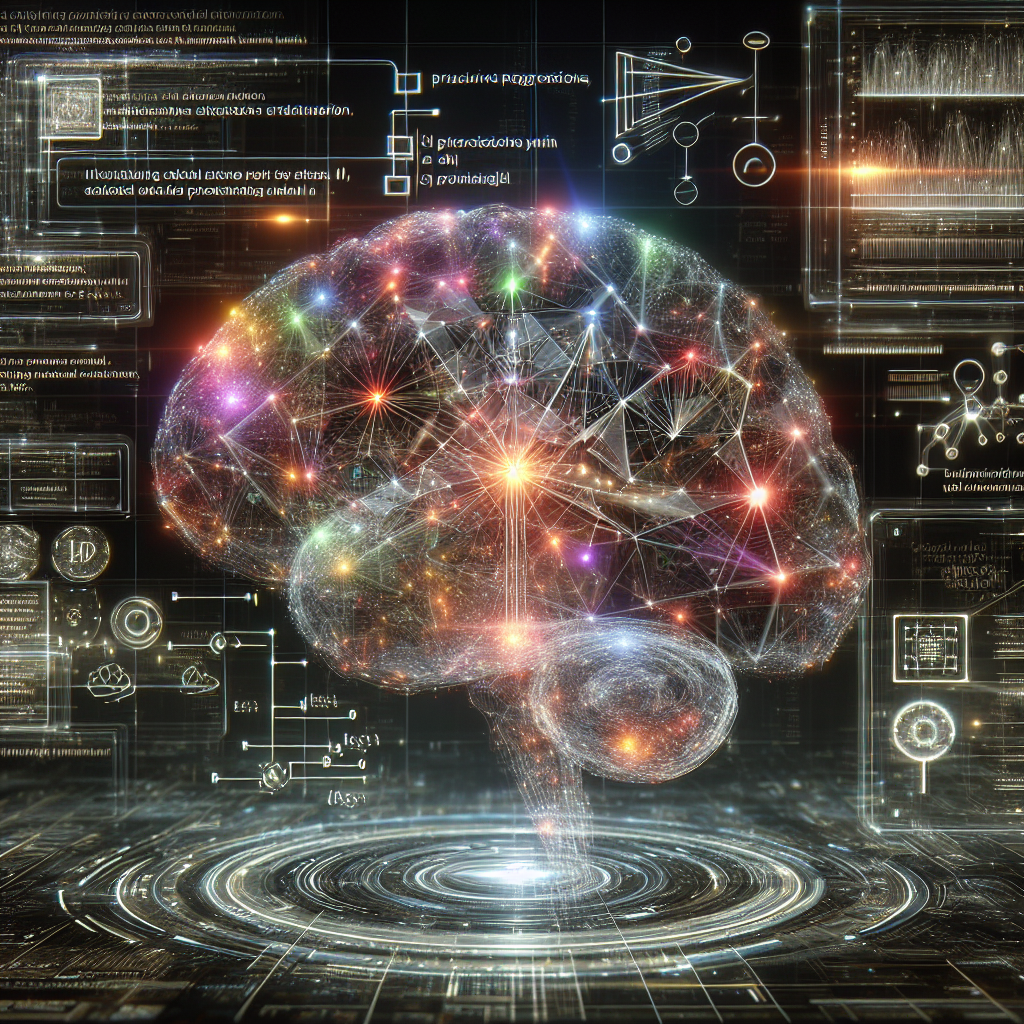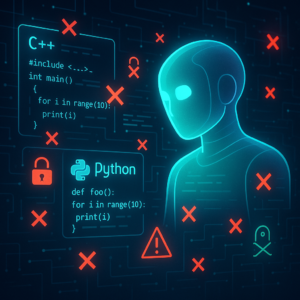Cracking the Code of AI Reasoning: How ChatGPT o1 Thinks More Like a Human

Cracking the Code of AI Reasoning: How ChatGPT o1 Thinks More Like a Human
The latest AI powerhouse, OpenAI’s ChatGPT o1, is making waves for a reason: it’s not just generating responses anymore—it’s actually thinking through problems step by step. This is a big shift from the traditional method of AI simply predicting the next word in a sentence. Instead, o1 is designed to reason more like a human, giving it a massive edge in complex tasks like coding, science, and even competitive math.
But how does o1 manage this enhanced reasoning? The secret lies in a combination of reinforcement learning, step-by-step reasoning models, and advanced computational strategies. In this blog post, we’ll break down these innovations in simple terms and explore why they’re such a game-changer.
Why Traditional AI Struggles with Deep Reasoning
Most language models, like classic versions of ChatGPT, generate responses using a technique called autoregression. This means they predict one word at a time, based only on the words that came before. While this approach works well for fluent conversation, it struggles with complex reasoning problems that require multiple steps to reach a conclusion—like solving a tricky math problem or debugging a piece of code.
Imagine trying to play chess by copying moves from past games without actually understanding the board. That’s how traditional AI often operates—it imitates patterns but doesn’t truly “think” through a problem.
To tackle this, o1 introduces something new: structured reasoning processes inspired by human cognition.
How ChatGPT o1 Thinks in Steps
We humans have two types of thinking:
- System 1 Thinking – Fast, instinctive, and automatic (like quickly recognizing a familiar face).
- System 2 Thinking – Slow, deliberate, and logical (like solving a tough math problem).
Most traditional AIs rely only on System 1 thinking—they respond instantly without deeply evaluating their answers. ChatGPT o1, however, introduces something closer to System 2 thinking, mimicking human-style deeper reasoning.
It does this using Native Chain-of-Thought (NCoT)—a method where the model breaks a problem into logical steps before giving an answer, much like how a student solves a math problem by showing their work.
Think of it like a detective solving a mystery: instead of jumping to conclusions, ChatGPT o1 lays out evidence, considers different possibilities, and methodically arrives at the best solution.
The Secret Sauce: Reinforcement Learning for Smarter AI
One of the biggest upgrades behind o1 is how it learns to reason better over time using reinforcement learning.
What is Reinforcement Learning?
Reinforcement learning (RL) is like training a dog with treats. The AI is rewarded for good reasoning steps and penalized for mistakes, gradually improving its ability to think logically.
Instead of being trained just to predict the next word, o1’s reward system encourages accurate, useful, and well-structured thinking.
This reward process can even be self-taught, meaning the model generates its own reasoning steps and checks whether they actually lead to a correct conclusion. If the steps make sense, they’re reinforced; if not, they’re discarded.
Machine Learning Meets Decision-Making: How o1 Plans Ahead
The real magic of o1 comes from its ability to think several steps ahead. This is modeled using a concept known as a Markov Decision Process (MDP)—a framework often used to train AI in planning and strategy games like chess.
Here’s how it works in o1:
- A question (Q) is asked – This is the starting point.
- The model generates reasoning steps (R1, R2, R3, etc.) – Instead of jumping to an answer, o1 breaks down the problem into manageable steps.
- It evaluates each step before proceeding – Ensuring that each piece of logic is leading toward a correct answer.
- Final Answer (A) is produced – After verifying its reasoning, o1 confidently gives a final response.
By following this structured process, o1 avoids logical shortcuts and makes fewer mistakes—especially in highly structured fields like physics, programming, and mathematics.
Why This Matters: Better AI for Science, Coding, and Beyond
1. Smarter Coding Assistants
o1 has been tested in competitive programming settings and has shown massive improvements. Unlike older models that fumbled with complex problems, o1 cracks tough programming challenges with the precision of an elite developer.
For instance, in Codeforces coding competitions, o1 outperformed 93% of human competitors, demonstrating far better debugging and problem-solving skills than previous AI models.
2. Breakthroughs in Science & Math
o1 isn’t just great at coding—it’s catching up with PhD-level experts in physics, biology, and chemistry.
- It scored among the top 500 US students in a major math competition.
- In physics, it has surpassed human-level accuracy in complex reasoning tasks.
Academic fields that require deep logical thinking are ideal places for AI like o1 to thrive, impacting everything from drug discovery to engineering.
3. More Trustworthy AI Decisions
By slowing down to reason through problems, o1 also makes safer and more reliable decisions.
For instance, this deeper thinking makes it tougher for users to “jailbreak” the model (manipulating it into generating harmful content), improving AI safety across applications.
Challenges and Open Questions
Despite these breakthroughs, some mysteries remain:
🚧 Is o1’s reasoning truly built into the model, or is it mainly guided by external reinforcement techniques?
🚧 Can these techniques be applied to open-source AI models, or are they exclusive to OpenAI’s proprietary systems?
🚧 How do we make AI reasoning even more efficient, so it doesn’t slow down responses too much?
Future research will focus on scaling this structured thinking process while keeping AI responsive and efficient.
Key Takeaways
✅ ChatGPT o1 is a major leap in AI reasoning, shifting from fast word prediction to step-by-step logical problem-solving.
✅ It thinks more like humans, balancing fast instinctive responses (System 1 thinking) with deeper reasoning (System 2 thinking).
✅ Its advanced reasoning skills come from reinforcement learning, teaching it to evaluate its own reasoning steps and improve.
✅ Compared to older models, it is five times better at math, coding, and scientific reasoning—an unprecedented leap in AI intelligence!
✅ AI models like o1 are redefining fields from competitive coding to scientific breakthroughs, offering new possibilities for AI-powered discovery and automation.
With these advancements, we’re seeing a future where AI doesn’t just respond smartly—it thinks smartly. ChatGPT o1 is leading the way, and we’re just beginning to see its full potential.
So, the next time you ask an AI a complex question, remember—it might just be thinking about it in a whole new way. 🚀
If you are looking to improve your prompting skills and haven’t already, check out our free Advanced Prompt Engineering course.
This blog post is based on the research article “A Tutorial on LLM Reasoning: Relevant Methods behind ChatGPT o1” by Authors: Jun Wang. You can find the original article here.




